3 Difference between Serger and Sewing Machine Explained
Serger vs sewing machine… Which machine would fit your needs the best in your sewing journey, and what is the difference between Serger and sewing machine? We are going to answer all your questions and help you decide which machine you need.
A Serger only sews an overlocking stitch, while your regular sewing machine will sew multiple types of stitches. If you are just beginning your sewing journey a basic sewing machine is all you need. A standard sewing machine will do all the stitches you need while an overlock sewing machine is great if you have been sewing for a while and want to have a more professional finish or sew a ton of knit fabrics.
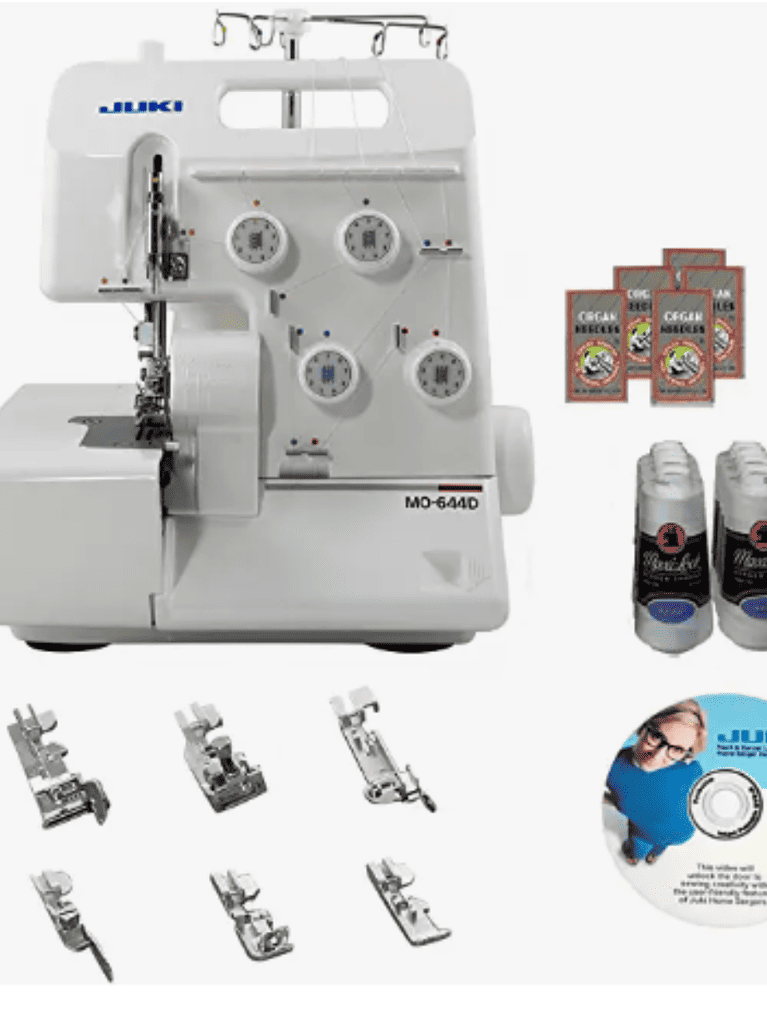
Table of Contents
What is a Serger Machine
As we explore the difference between Serger and sewing machine. Let’s talk about what the different machines. A Serger sewing machine, also known as an overlocker sewing machine, is a specialized sewing machine designed to create professional and finished edges on fabric.
A Serger works by trimming, encasing, and sewing seams simultaneously, resulting in neat and durable finishes on the edge of the fabric.
Unlike a traditional sewing machine, a Serger uses multiple spools of thread (cones of thread) to create a chain stitch, typically a combination of two, three, four, or even five threads. These threads work in harmony to secure the fabric layers together while trimming the excess fabric, preventing fraying and providing overlock stitches.
With its high-speed stitching capabilities at 1700 stitches per minute and efficient seam finishing, a Serger is an essential tool for garments made from stretchy fabrics, knitwear, and other sewing projects that might fray or are difficult to sew even with a zig zag stitch. It gives you a professional look on your pieces of fabric.
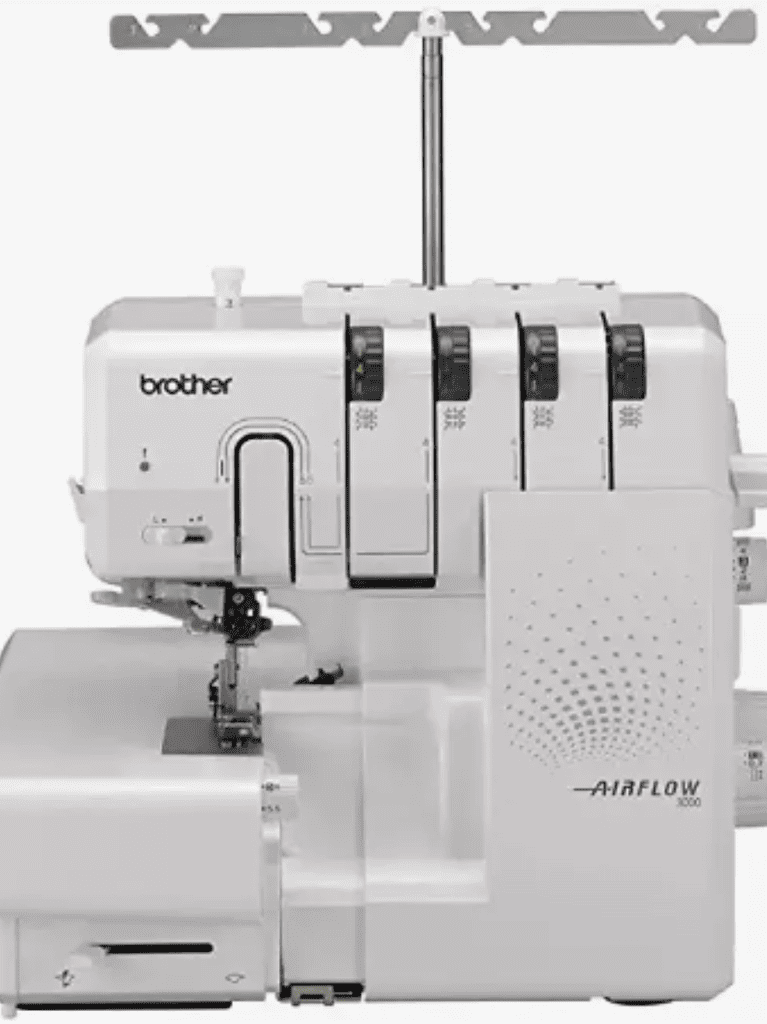
Difference between Serger and Sewing Machine
Sergers differ from traditional sewing machines in several key aspects, including stitches, speed, and versatility. We will briefly discuss it below and will dive into specifics in a few paragraphs below.
Stitches
Firstly, Sergers are known for creating specialized stitches that are specifically designed for finishing your seams. These stitches, such as an overlock stitch, rolled hem, and flatlock stitch, provide professional-looking edges and seams that are secure and durable.
In contrast, traditional sewing machines offer a wider range of stitch options. It’s the best option for most sewing projects, especially as a beginner sewer.
Stitching Capabilities
Sergers are known for their high-speed stitching capabilities. They can sew quickly and efficiently, making them ideal for tasks that require speedy seam finishing.
On the other hand, a normal sewing machine usually has adjustable speed settings, allowing sewers to sew at whatever pace feels best for them. These different speeds are particularly advantageous for intricate and detailed sewing projects that require slower stitching speeds.
Versatility
Sergers are renowned for their specialization in working with specific types of fabrics. They handle stretchy fabrics, knits, and garment construction with ease, thanks to their differential feed mechanism, which prevents fabric stretching and distortion.
Traditional sewing machines, while versatile, may require additional attachments and needles when working with various fabrics and may even require different threads.
Overall, the type of sewing machine you need depends on your project, expertise, and material you are using.
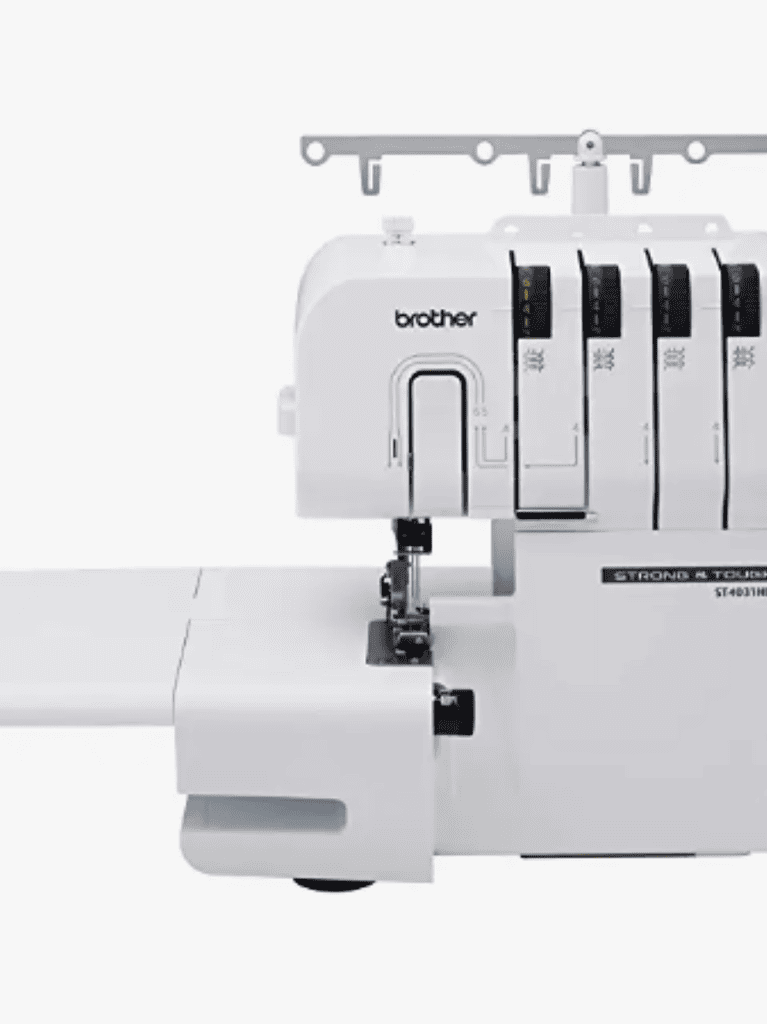
Main Features of a Serger
When it comes to using your Serger without frustration it’s important to understand the features it has.
Number of threads
One of the standout features of a serger is the ability to work with multiple threads. Unlike traditional sewing machines that typically use one thread, sergers can utilize two, three, four, or even five threads simultaneously. This allows for stronger seams, increased durability, and a variety of stitch options.
Sets of Feed dogs
Another key feature of sergers is the differential feed. This feature controls the rate at which the fabric is fed through the machine, preventing stretching, puckering, or distortion. It ensures smooth and even feeding of various fabrics, making sergers ideal for working with stretchy knits or lightweight materials.
Cutting Blades
Lastly, sergers are equipped with cutting blades that trim the fabric as it is being stitched, resulting in clean and professional edges. The blades are strategically positioned near the needles or loopers, allowing for precise trimming and reducing the need for additional trimming tools.
Overall, the combination of multiple threads, differential feed, and cutting blades make sergers indispensable for achieving impeccable finishes in a wide range of sewing projects.
Types of Sewing machines
When it comes to sewing machines, there is a wide array of options available to cater to different sewing needs and preferences. Let’s explore some of the main types of sewing machines on the market today.
Mechanical Sewing Machines:
Mechanical sewing machines are the traditional workhorses of the sewing world. They are operated manually using mechanical knobs, dials, and levers. These machines are reliable, durable, and often more affordable compared to their computerized counterparts. Mechanical sewing machines offer essential stitches such as straight stitches, zigzag stitches, and buttonholes. They are a great choice for beginners or those who prefer straightforward kinds of stitches.
Computerized Sewing Machines:
Computerized sewing machines take sewing to the next level with their advanced features and electronic controls. These machines are equipped with a built-in computer that offers a range of stitch options, precise stitch settings, and programmable stitch patterns. Computerized machines often have LCD screens, touchpad controls, and even connectivity options for embroidery designs.
Additionally, they offer versatility, speed, and ease of use. Sewists who enjoy exploring various stitch patterns, creating intricate designs, and working on complex projects will find computerized sewing machines to be a valuable tool.
Embroidery Machines:
Embroidery machines are specialized sewing machines that focus primarily on creating intricate and decorative embroidery designs. These machines come with built-in embroidery features and often have larger embroidery hoops or multiple hoop sizes for working on different project sizes.
Embroidery machines can stitch intricate designs, monograms, lettering, and even complex patterns. Some embroidery machines can also function as regular sewing machines, offering the best of both worlds for sewists who enjoy both sewing and embroidery.
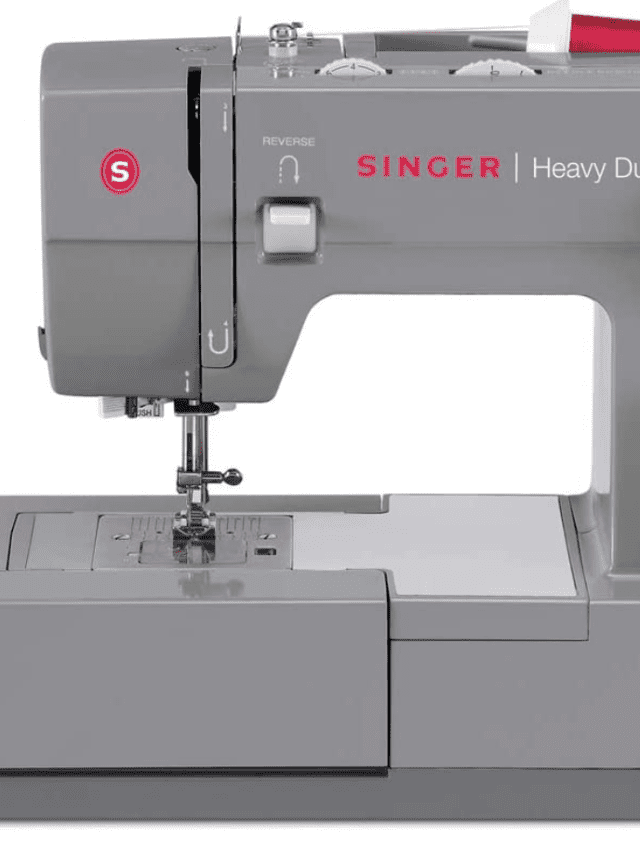
Stitches Difference Between Serger and Sewing Machine
Serger Stitches
When it comes to stitches, sergers and sewing machines offer different capabilities and options. Let’s compare the types of stitches that can be achieved with each of these machines:
Sergers are renowned for their ability to create specialized stitches that are specifically designed for seam finishing. The most commonly used stitch on a Serger is the overlock stitch. This stitch neatly wraps around the edge of the fabric, securing it and preventing fraying.
Sergers can produce various types of overlock stitches, including a 3-thread overlock, 4-thread overlock, and 5-thread safety stitch, each offering different levels of seam strength and finishing. Another popular stitch produced by Sergers is the rolled hem, which is ideal for creating delicate and decorative edges on garments or lightweight fabrics.
Additionally, sergers can perform coverstitching, which is commonly used for hemming, attaching ribbing, and creating decorative effects on knitwear.
Sewing Machine Stitches
Sewing machines offer a wider variety of stitches compared to sergers. They are versatile machines capable of creating both functional and decorative stitches. Basic stitches found on sewing machines include straight stitches, zigzag stitches, and buttonholes. These stitches are essential for garment construction, repairs, and general sewing projects.
Additionally, sewing machines often offer decorative stitches that can add creative embellishments to projects, such as scallops, satin stitches, and decorative zigzags. Many sewing machines also have built-in embroidery stitches or the ability to connect to embroidery software for intricate embroidery designs.
Speed difference between Serger and Sewing Machine
When it comes to speed capabilities, sergers and a regular sewing machines have distinct differences that make them suitable for different sewing tasks. Let’s explore how the two machines compare in terms of speed:
Sewing Machines Speed
Sewing machines typically offer a wider range of speed options compared to sergers. They provide more control over the stitching speed, allowing users to adjust the speed according to their comfort level, the complexity of the project, and the type of fabric being sewn.
This versatility in speed settings makes sewing machines suitable for a variety of sewing tasks, from intricate stitching to slower, more precise work. The main difference is that a sewing machines can accommodate both high-speed stitching for efficient straight seams and slower speeds for delicate projects or precise stitching on curves and corners.
Sergers Machine Speed
Sergers, on the other hand, are known for their exceptional speed in producing finished edges and seams. Sergers are designed to handle seam finishing efficiently, and they can stitch at high speeds to complete the task quickly.
The focus of sergers is on speed and efficiency when it comes to seam finishes and edge treatments. The high-speed capabilities of sergers make them ideal for bulk sewing projects, where the emphasis is on speed and productivity.
Furthermore, this makes sergers a popular choice in commercial settings, such as garment factories or sewing businesses, where quick and precise seam finishes are required.
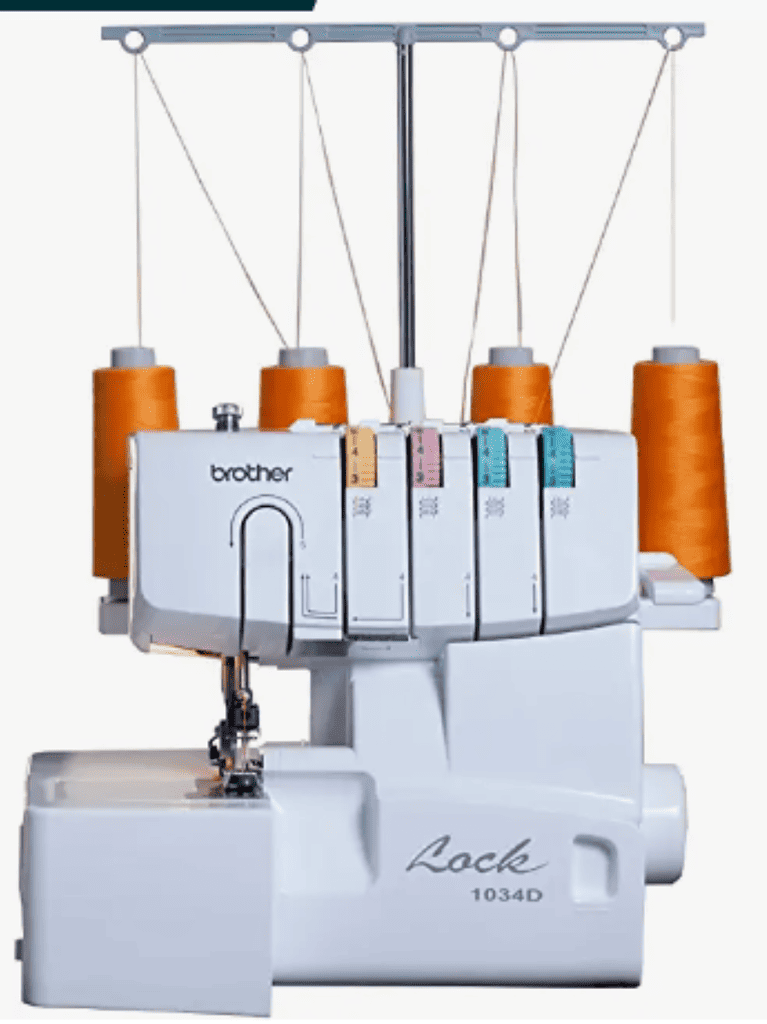
Versatility difference between Serger and Sewing Machine
Seam Perfection on Stretch Fabrics:
Stretch fabrics, such as jersey, spandex, and knits, require specialized stitching techniques to maintain flexibility and prevent popped seams. Sergers, with their unique configuration of multiple threads and differential feed systems, excel in creating strong and stretchy seams.
Additionally, the differential feed feature allows for the manipulation of fabric layers, preventing puckering or stretching, and ensuring even stitching throughout. By seamlessly navigating the challenges of stretchy fabrics, sergers provide creators with the confidence that their garments will not only fit well, but also withstand the test of time.
Effortless Handling of Knitwear:
Knitwear presents its own set of challenges due to its stretchy and often delicate nature. The serger’s ability to handle knit fabrics efficiently is invaluable in ensuring clean seams and preventing unraveled edges.
With specialized presser foot and stitch options, sergers can create strong, yet flexible, stitches that accommodate the stretch and movement of knitwear.
Additionally, the serger’s cutting mechanism trims excess fabric while stitching, resulting in a clean edge finish. Whether it’s a cozy sweater, a pair of leggings, or a delicate lace top, sergers streamline the process of working with knitwear, allowing creators to achieve professional-quality results with ease.
Enhancing Garment Construction
Garment construction involves a myriad of components, from darts and pleats to seams and hems. Sergers play a crucial role in enhancing the efficiency of these construction processes.
They can simultaneously trim the seam allowance, finish the raw edges, and secure the stitch in one swift motion. This not only saves time but also produces clean and durable finishes.
The versatility of sergers also extends to decorative stitching options, allowing for intricate details and unique embellishments on garments. By handling garment construction tasks efficiently, sergers empower creators to focus on their designs and achieve professional-looking results in a fraction of the time.
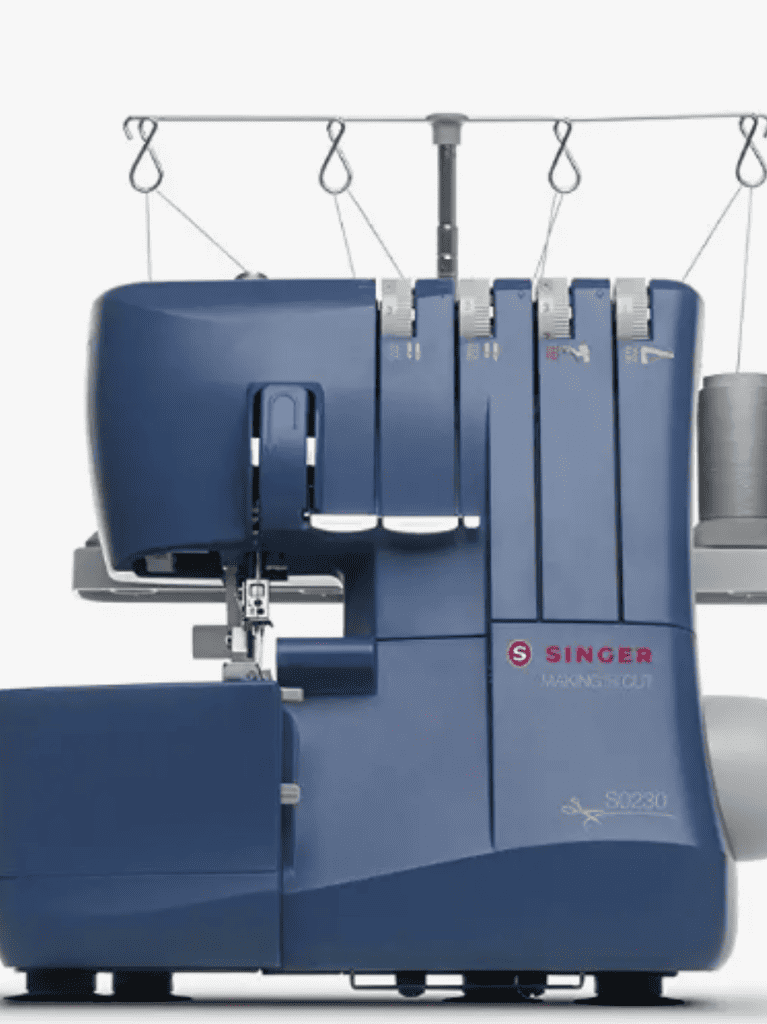
Learning curve difference between Serger and Sewing machine
Sergers, with their remarkable capabilities and efficiency, are a valuable addition to any sewing enthusiast or professional’s toolkit. However, like any new skill, mastering the art of serging comes with a learning curve.
The intricacies of threading the machine and adjusting tension settings can initially seem daunting.
But fear not! With patience, practice, and a little guidance, navigating these complexities becomes more manageable. Let’s delve into the learning curve associated with sergers, specifically focusing on threading complexities and tension adjustments.
Threading your Serger
Threading a serger can appear intimidating due to its multiple threads and intricate threading paths. Unlike traditional sewing machines, sergers require the threading of multiple loopers and needles.
Each thread has a specific route it must follow, and it’s important to thread in the correct order to ensure proper functioning.
While threading complexities can initially feel overwhelming, taking it step by step and consulting the machine’s manual or instructional videos can provide invaluable guidance.
With practice, threading a serger becomes more familiar, and the process becomes quicker and more efficient.
Taming the Tension:
Another aspect of serging that may pose a challenge is adjusting tension settings. Tension controls play a crucial role in achieving balanced stitches and preventing issues like loose loops or puckering.
Understanding tension adjustments requires patience and experimentation. It’s recommended to start with the machine’s default settings and then make slight adjustments as needed.
Testing stitches on scrap fabric and observing the stitch quality can help in identifying which tension settings require fine-tuning.
With time, patience, and a willingness to experiment, achieving the perfect tension balance becomes more intuitive, resulting in professional-looking stitches.
Resources and Support:
It’s important to remember that learning any new skill takes time and practice. Fortunately, there are abundant resources available to help navigate the learning curve of sergers. Online tutorials, sewing forums, and community groups can provide invaluable insights and support.
Many serger manufacturers also offer comprehensive guides, videos, and customer support to assist users in understanding the machine’s functionalities and troubleshooting common issues. By utilizing these resources and seeking guidance from experienced sergers, one can overcome the learning curve more effectively and gain confidence in their serging skills.
With their user-friendly features and ease of learning, sewing machines offer a smooth introduction to the world of sewing. Let’s explore why sewing machines are generally considered beginner-friendly and how they make the learning process enjoyable and accessible for novices.
Simplified Stitch Selection
One of the key advantages of sewing machines for beginners is their simplified stitch selection. Unlike hand sewing, where stitch options are limited, sewing machines offer a variety of pre-programmed stitches at the touch of a button or the turn of a dial.
From straight stitches for basic seams to zigzag stitches for finishing edges, beginners can experiment and explore various stitch types without the need for advanced stitching techniques. This simplicity not only allows beginners to grasp the basics quickly but also encourages creativity as they progress in their sewing journey.
Straightforward Operation
Sewing machines are designed with user-friendliness in mind, making them accessible even to those who have never touched a needle and thread before. They typically come with intuitive controls, clear markings, and straightforward threading paths.
Beginner-friendly machines often include features like automatic needle threading, one-step buttonhole functions, and adjustable stitch length and width, simplifying the sewing process and reducing frustration for newcomers. With these user-friendly features, beginners can focus on building their skills and gaining confidence without getting overwhelmed by complicated setups.
Stitching Speed Control
Another aspect that makes sewing machines beginner-friendly is the ability to control stitching speed. Sewing machines allow users to adjust the speed according to their comfort level and the complexity of the project.
This feature is particularly helpful for beginners who may need to take their time to focus on precision and stitch control. Slower speeds offer better control for intricate details, while faster speeds are suitable for longer seams. The ability to adjust stitching speed empowers beginners to work at their own pace, gradually building confidence and skills as they progress.
Abundance of Learning Resources
Sewing machines have been a staple in households and educational settings for decades, which means a wealth of learning resources is readily available. Beginners can find a plethora of books, online tutorials, video courses, and community forums dedicated to teaching sewing machine techniques and skills.
Many sewing machine manufacturers provide comprehensive instruction manuals and customer support, further enhancing the learning experience. This abundance of resources ensures that beginners have ample guidance and support as they navigate their sewing journey with a sewing machine.

Price Difference between Serger and Sewing Machine
Beginner Budget Friendly
For beginners or those on a budget, entry-level sewing machines generally offer an affordable starting point. These machines typically come with basic stitching capabilities, essential features, and straightforward operation.
Entry-level sewing machines can range from around $100 to $300, depending on the brand, model, and included features. These machines provide beginners with the necessary functionality to learn essential sewing techniques, experiment with different projects, and build a solid foundation in sewing skills without breaking the bank.
When it comes to entry-level sergers, the price range is slightly higher due to their specialized features and capabilities. Entry-level sergers typically start around $200 and can go up to $500. These machines offer functions like overlock stitches, differential feed, and easy threading mechanisms.
While they require a slightly higher investment compared to entry-level sewing machines, Sergers provide additional functionalities, such as seam finishing, edge trimming, and creating professional-looking stitches, making them worth considering for those interested in working with stretch fabrics or achieving advanced finishing techniques.
Sewing Machines With FREE shipping
Here are the best sewing machines under $200
Sergers with FREE shipping
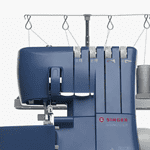
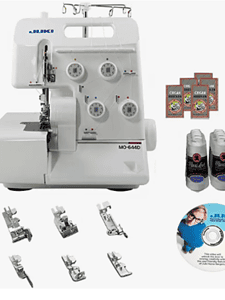
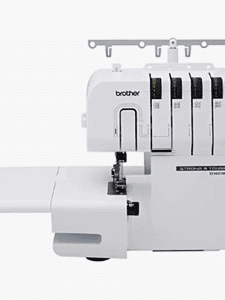
Fabric Giveaway
Enter our monthly fabric giveaway. Simply complete the tasks daily and you will be entered into the drawing. Winner will be randomly drawn on the first day of the month and notified via email
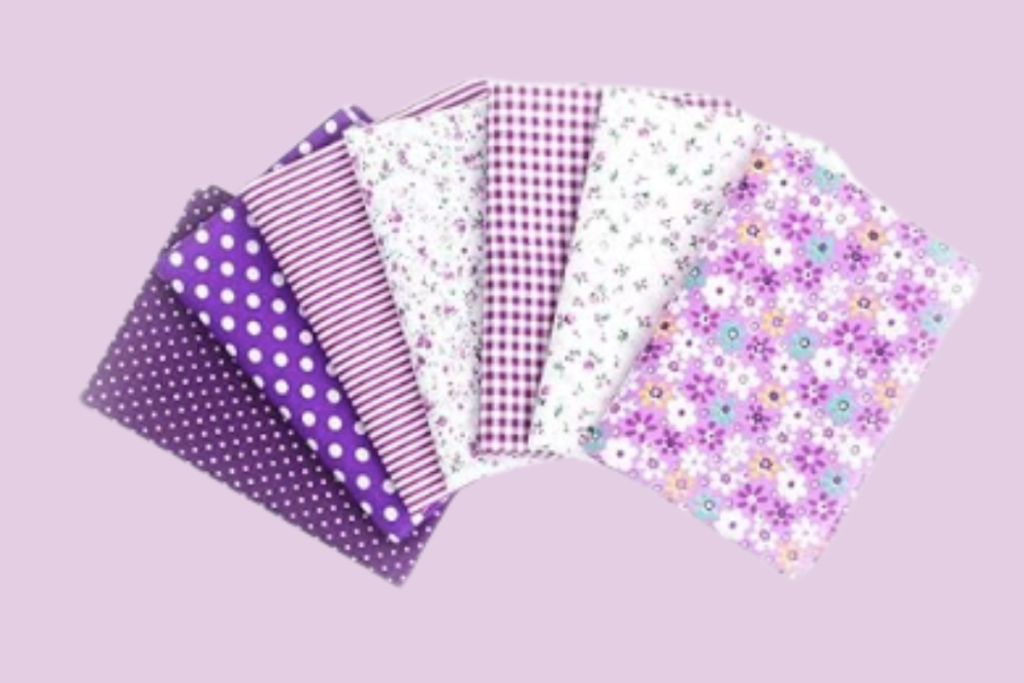


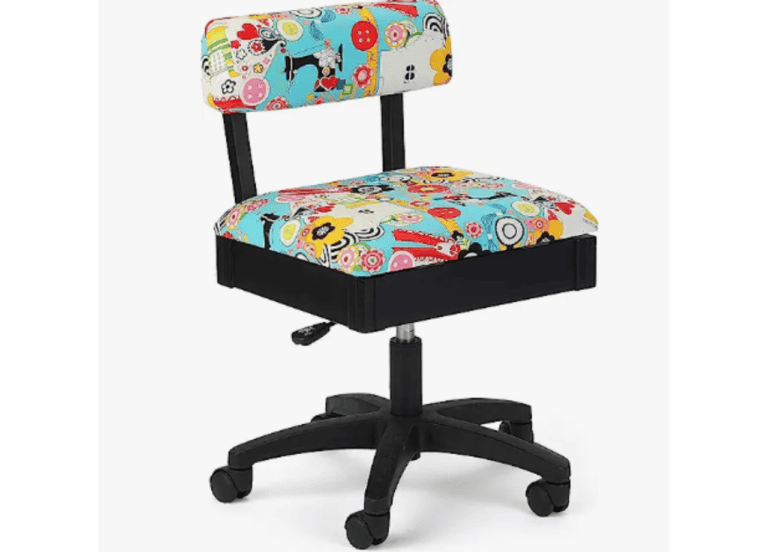
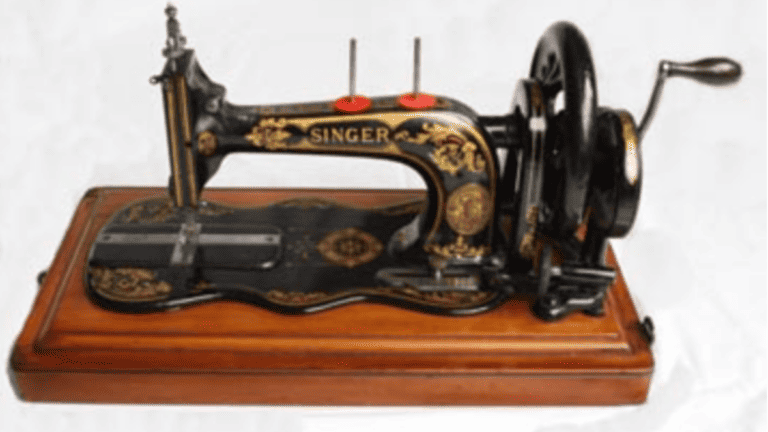
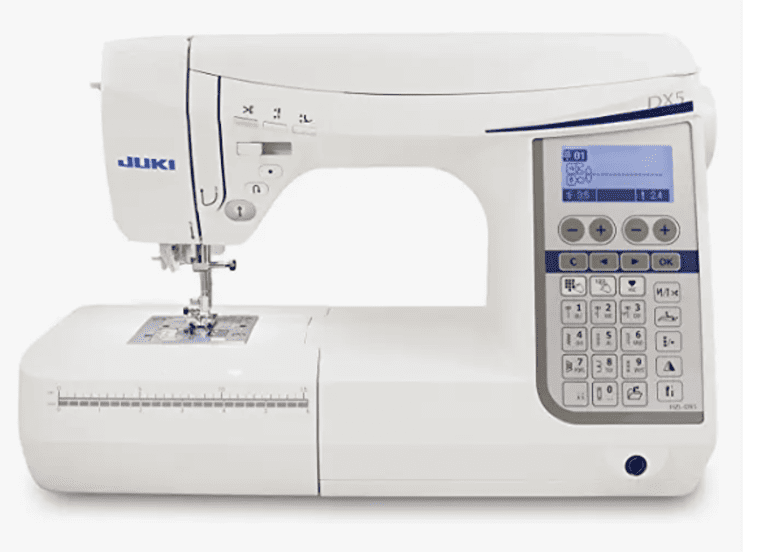

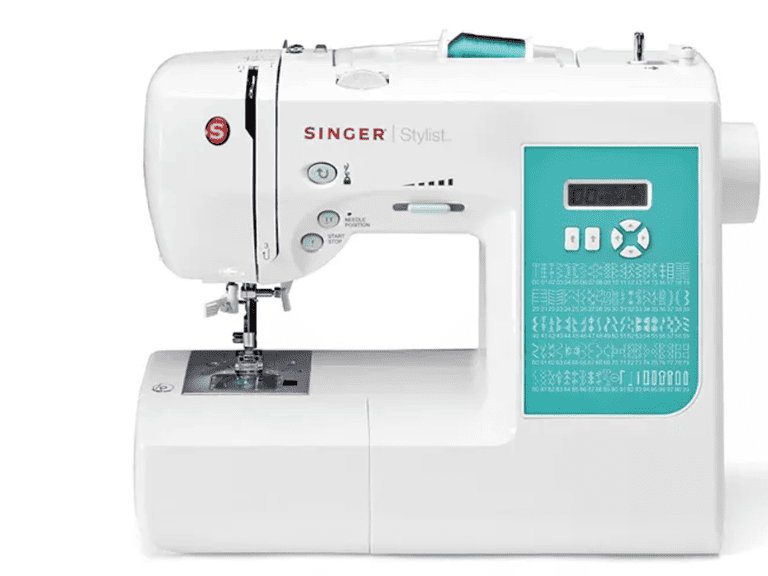
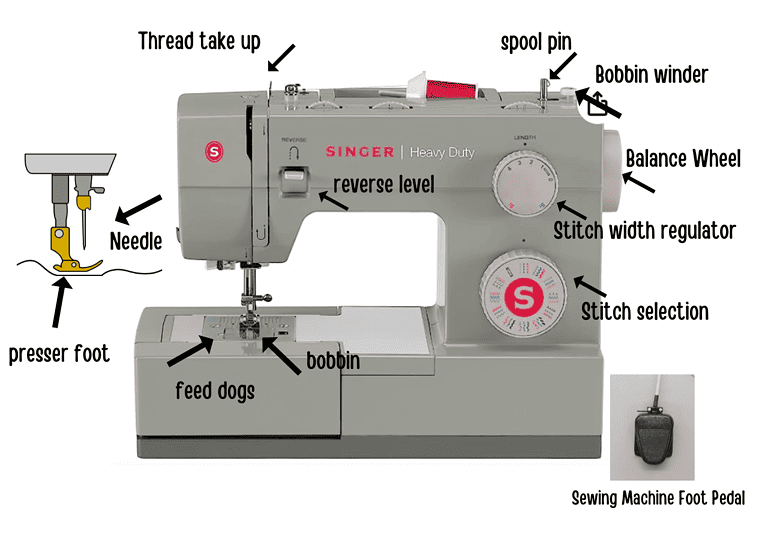
2 Comments